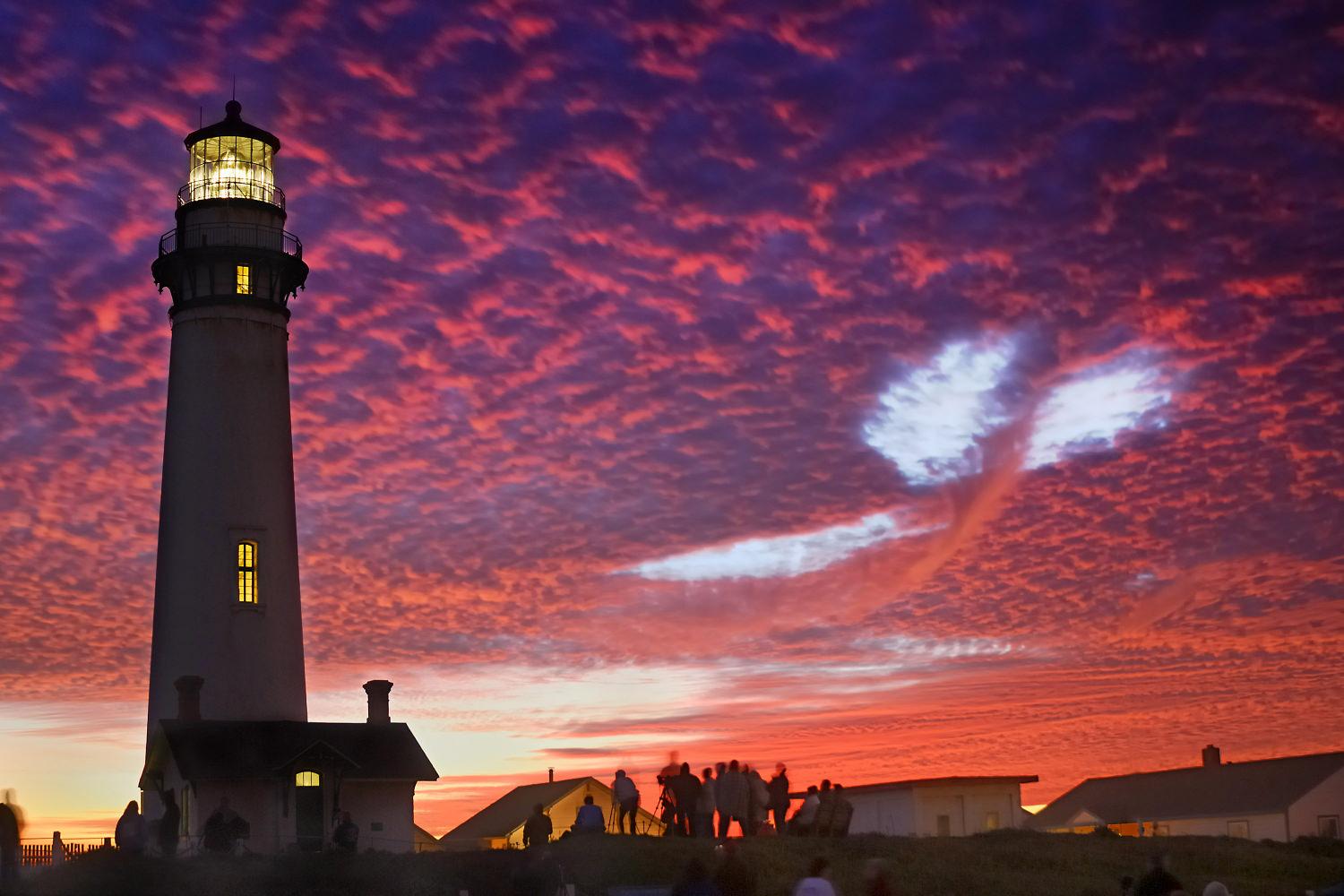Skies are one of my favourite subjects due to their sheer variety. They are packed full of interesting colours and textures, and can make for some truly awe-inspiring photos.
Better still, skies are always evolving. Changing weather conditions, cloud formations, and lighting ensure that there is always something unique and fresh to photograph.
However, it's not always easy to capture a dramatic sky in all its glory, and it can be disappointing when a seemingly fascinating sky scene results in a drab, flat, uninspiring photograph.
Sky photography takes practice, but there are a number of techniques you can use to tip the balance in your favour, and give yourself a better chance of getting a shot that captures the impressive nature of the sky as you saw it.
Time of Day
This is by far the most influential factor when photographing dramatic skies. Nature provides a wide variety of colours and light quality each day, leaving you spoiled for choice.
Sunrise and sunset generally give the most dramatic skies - the combination of strong colours and low, directional lighting is perfect for creating a photo with bags of atmosphere. Conditions around these times of day also tend to change rapidly, allowing you to capture a wide range of photos in a short period of time.
Sunrise and sunset provide dramatic lighting and colours. Image by Chris Lofqvist.
You can also get some great sky photos around midday, particularly on a sunny day when the sun really brings out the bright, vivid colours in the sky and surrounding landscape.
Include Clouds
When photographing the sky it is often our first instinct to look for a clear patch. But in reality this usually produces a boring photo - just an endless expanse of flat colour.
A cloudy sky has more texture and depth than a clear one. Image by Alex Dunphy.
Clouds add interesting shapes and textures to your photo, and help to break up the monotone flatness of the sky with changes in colour. They give the viewer something to actually look at in the scene, rather than just an empty, soulless sky.
Interesting Objects
In the same way that clouds add interest to your sky photos, so do other objects, such as buildings, landscapes, mountains, birds, planes and so on.
Include surrounding objects to give the photo context and additional interest. Image by Andrew Mace.
These additional objects can add depth to your scene, and will also put your sky into some sort of context, so that it is no longer so separate and abstract (Of course, if you're aiming for an abstract shot, feel free to ignore this!).
Use a Wide Angle
Using a wide angle lens, or zooming out, exaggerates the perspective in your scene, giving the impression that the clouds are rushing dramatically overhead.
Using a wide angle exaggerates the depth in your scene, adding drama. Image by Dave.
A wide angle will also allow you to capture more variation in light and colour, particularly at sunrise or sunset.
White Balance
Your camera's white balance setting is critical in determining how the colours of your scene appear in the final photo. Choose the wrong setting and they will look completely different to how they did to you at the time.
Most cameras offer white balance presets - try using the sunset or daylight setting as a starting point, but experiment to see which produces the most dramatic and eye-catching result.
